Realistically Exposed Moon using ACES Color Space
Rendering bright values in 3D
Syntactic Labyrinths

Creating Realistic Moon Renders
Making realistic renders of space has become a personal obsession for the past few years.
During the R&D of our upcoming sci-fi short film, Syntactic Labyrinths, each singular asset required in our film became its own technical challenge.
Rendering different planets requires very different approaches to camera settings to make it feel believable. Below I’ve rendered a short sequence of our CG Moon for Syntactic Labyrinths.
The Rendering Process
The output of your moon renders is primarily dependent on your texture resolution. I’m personally using this 92K Moon texture by Prateek Aggarwal.
It has enough detail to get realistic medium close-up shots.


Below are some examples of renders without Starfields or additional compositing. You can see how much detail we can already extract from the texture map and lighting.
Go here to learn how to do advanced starfield compositing in After Effects.



Conclusion
You can bring out the realism of your moon render by lighting it with a strong sunlight. The moon is reflecting most of the visible light and can quickly become over-exposed when observing directly.
To conclude I’d like to say one should never underestimate the power of Displacement maps.


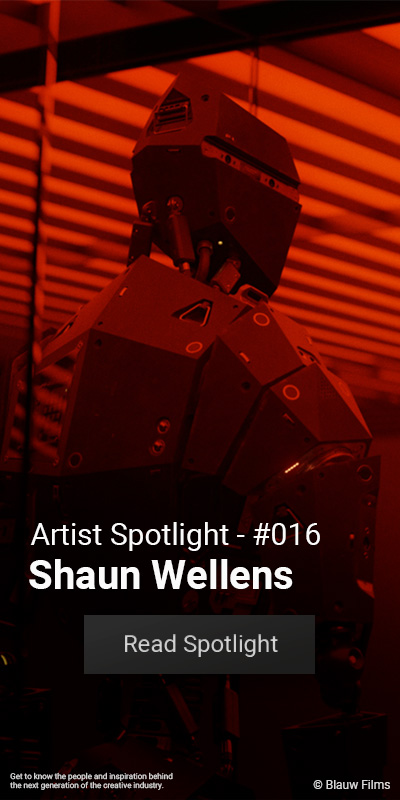

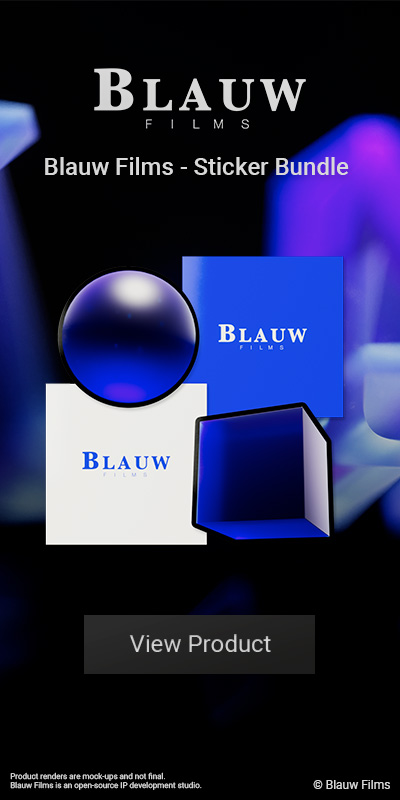

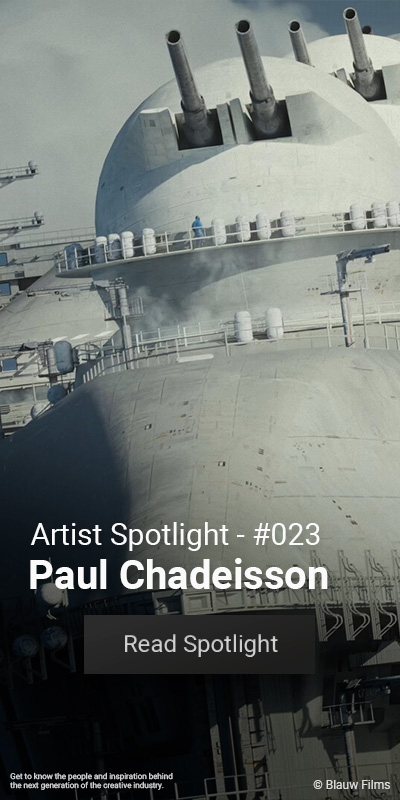








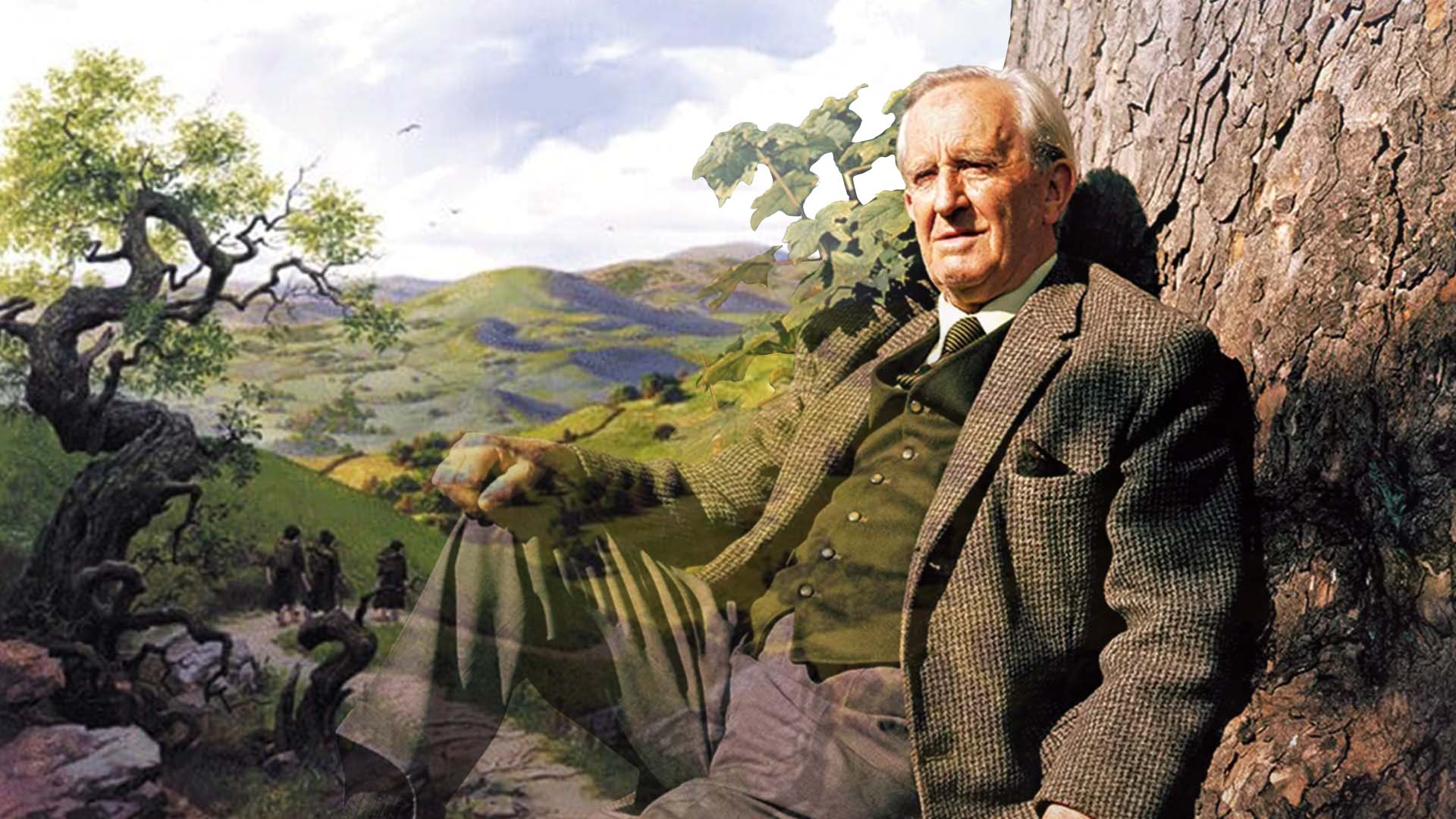


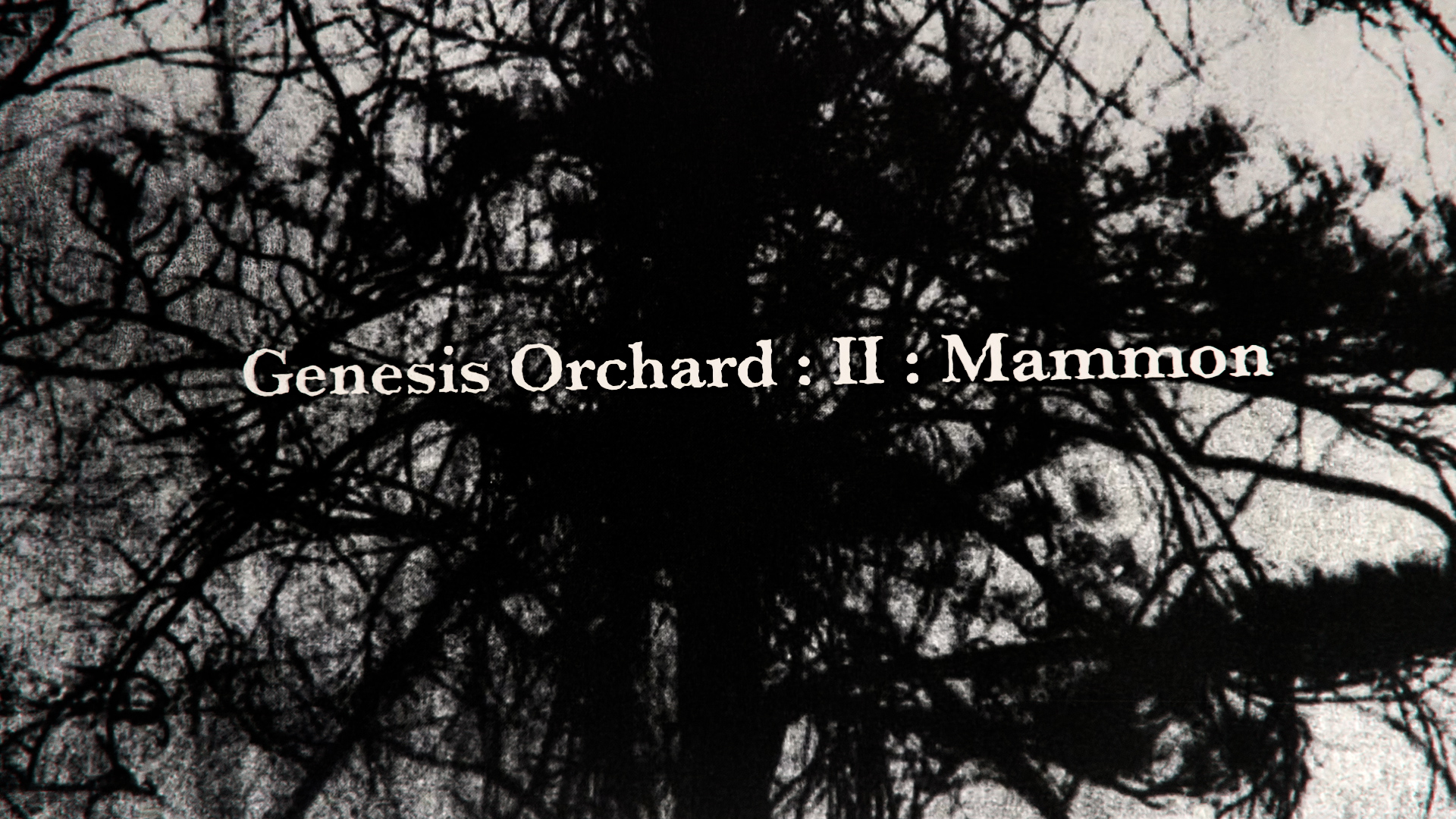

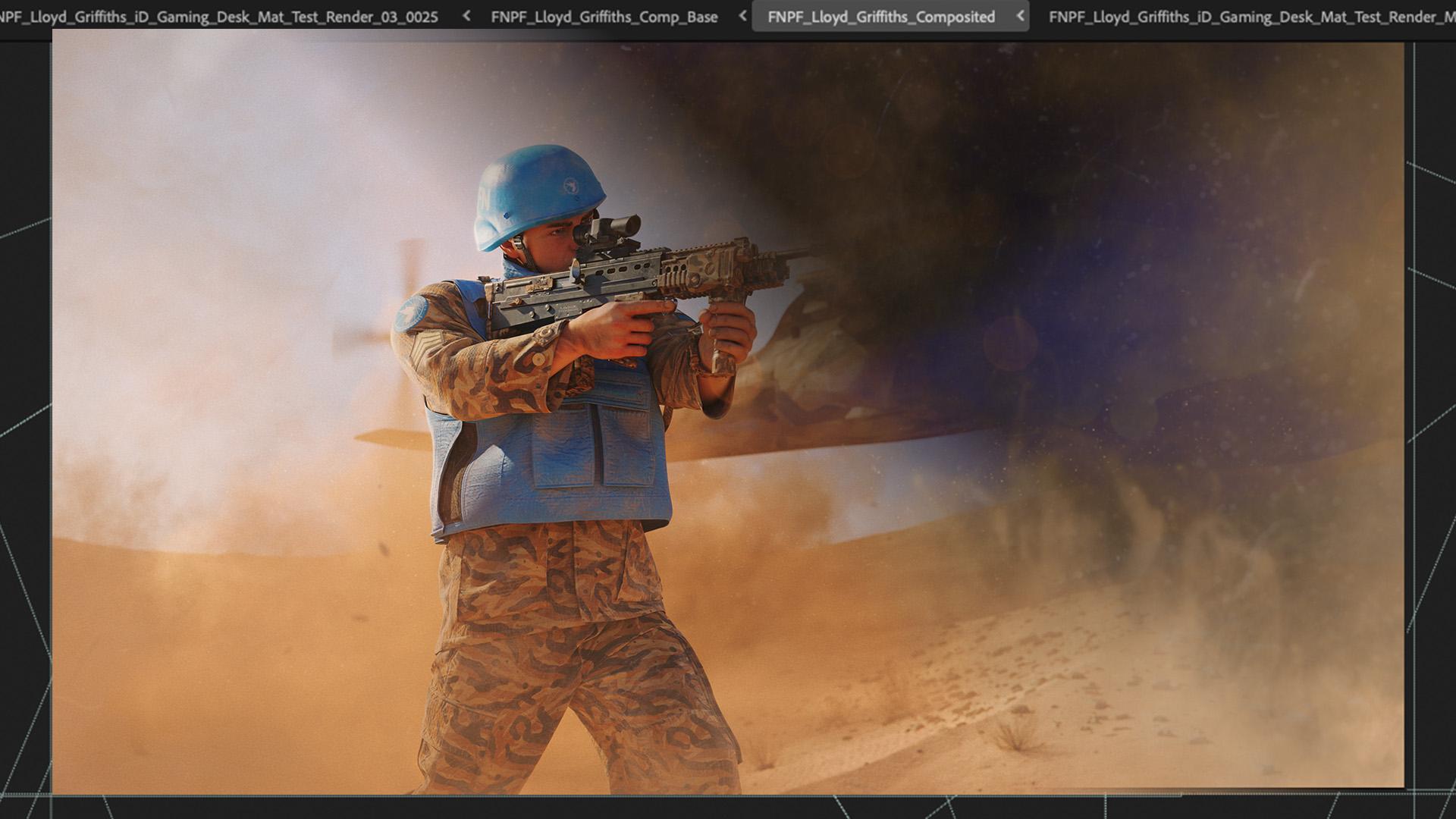
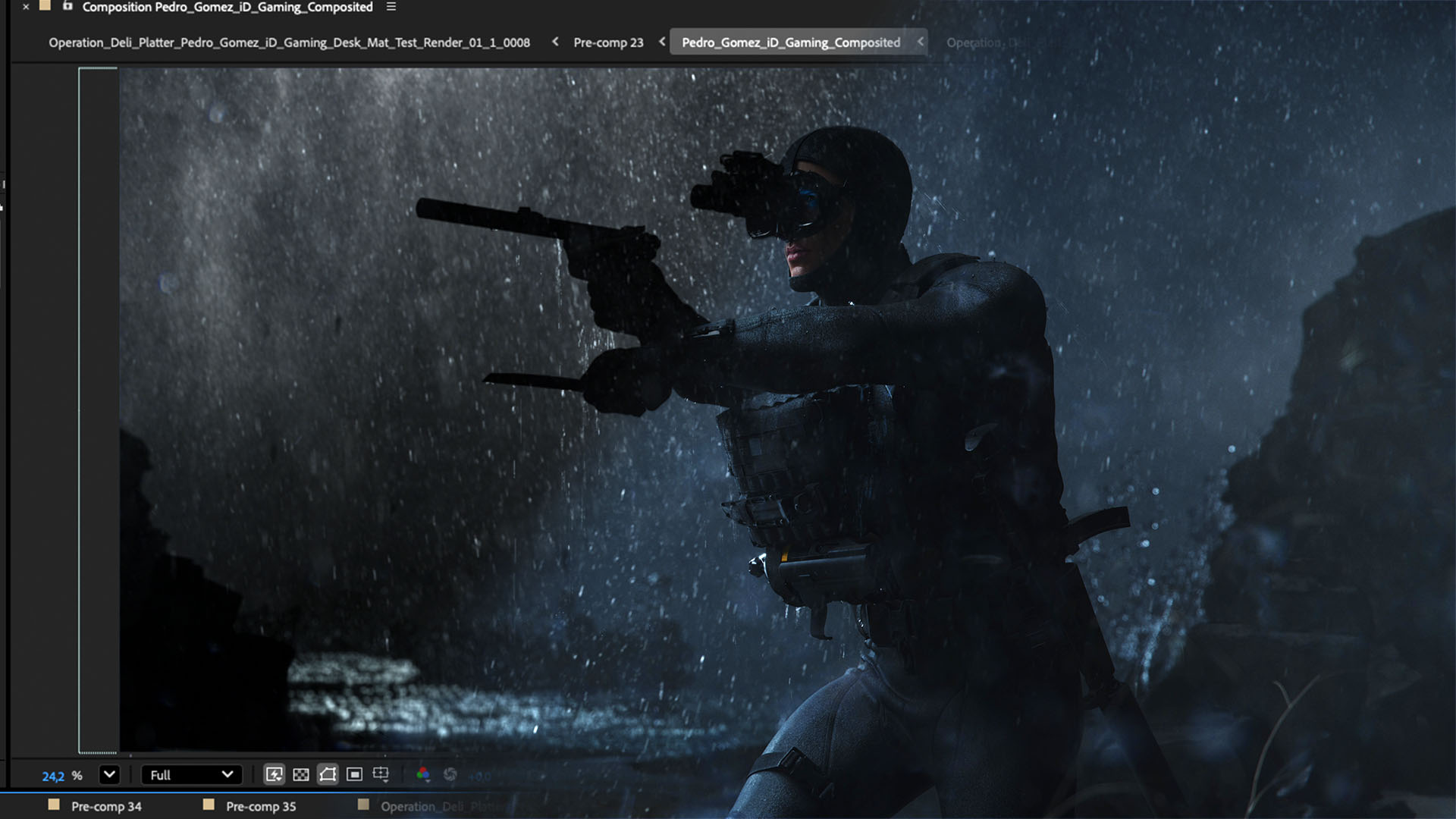


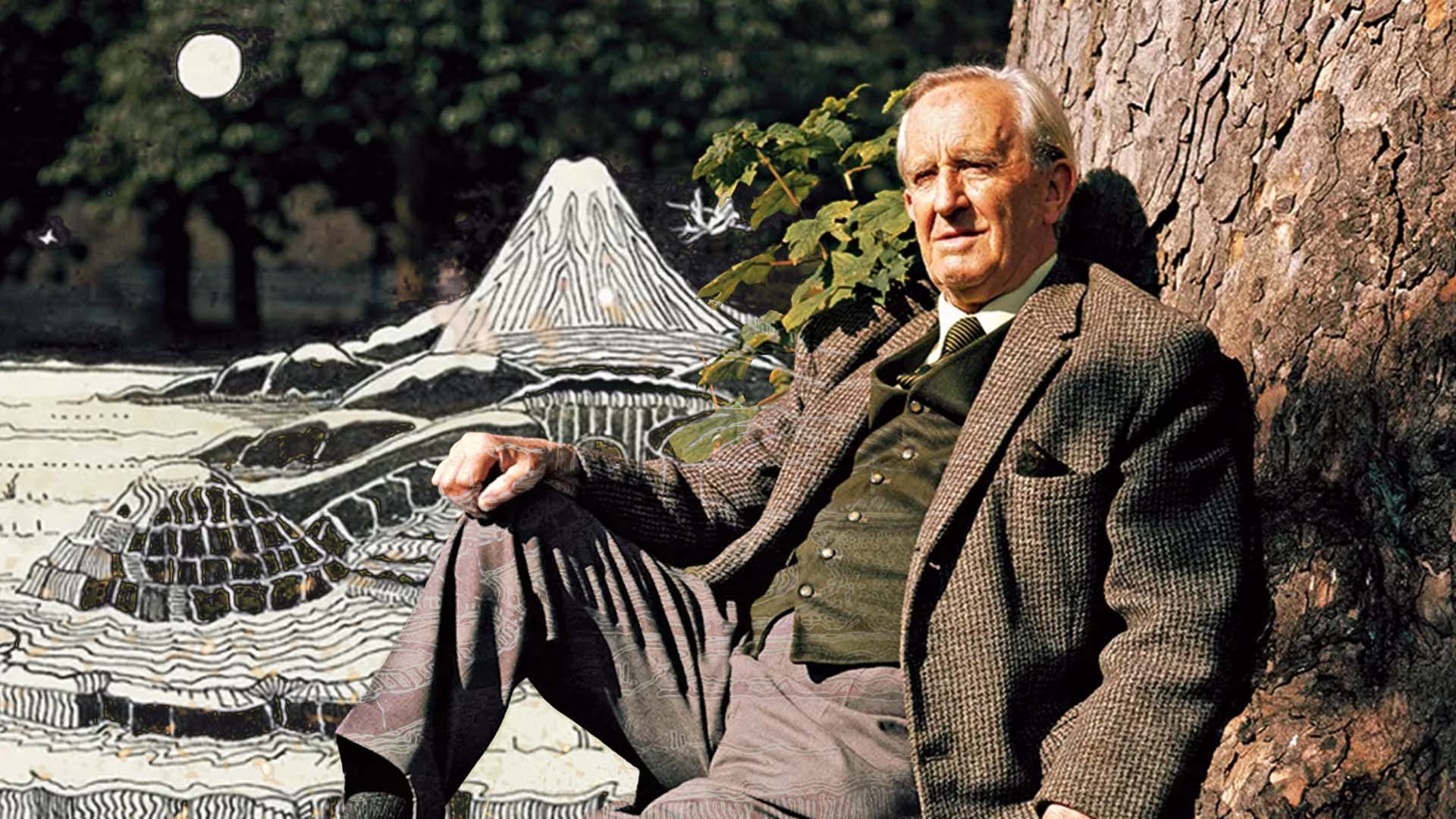







%20by%20Ivan%20Aivazovsky.jpg)






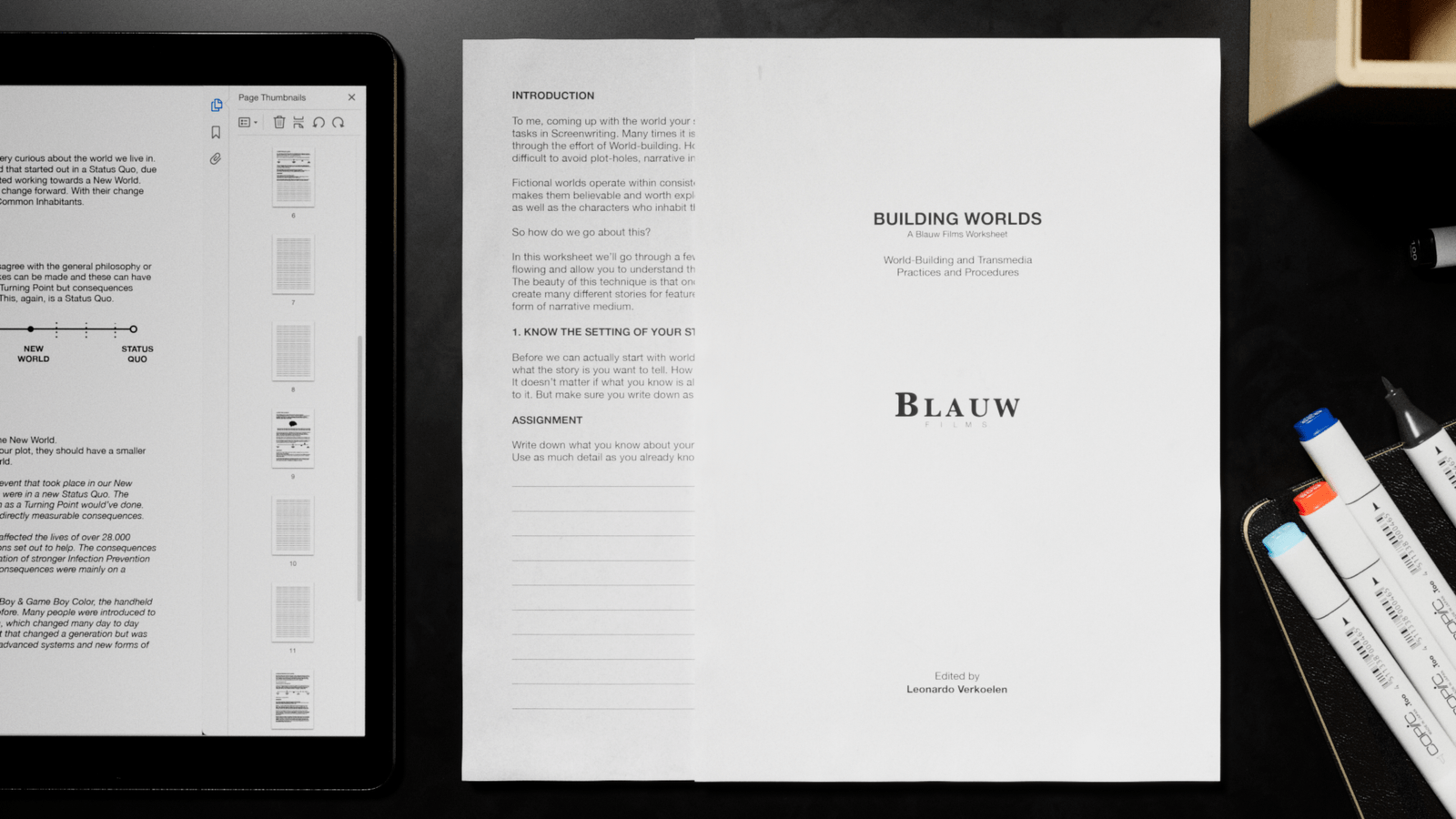








































































0 Comments